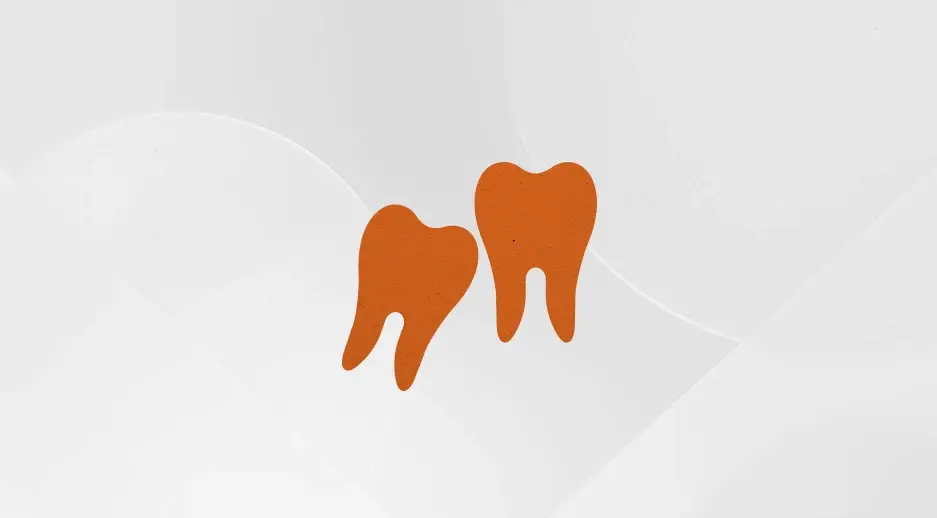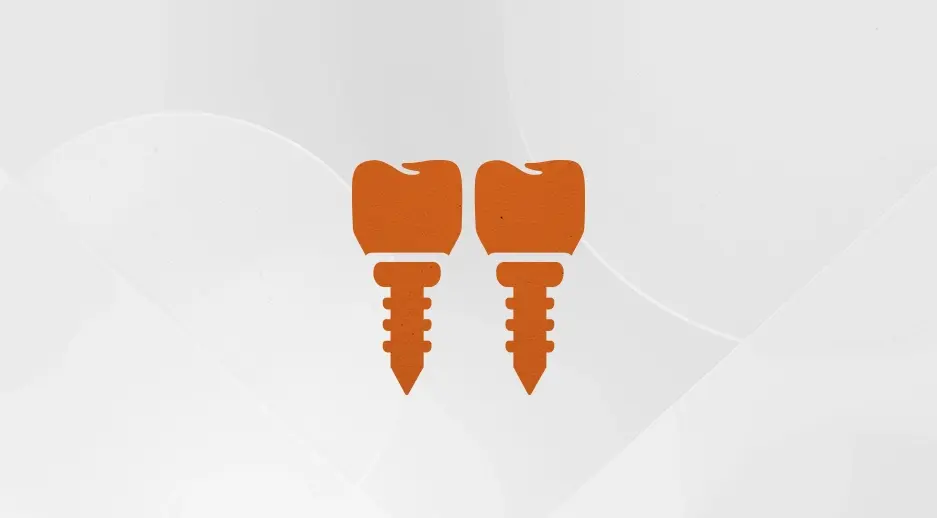Comprehensive Oral & Maxillofacial Procedures
From wisdom teeth removal to advanced dental implant solutions, our team offers a full range of oral and maxillofacial procedures to restore health, function, and confidence. Using advanced techniques and personalized care, we help ensure your comfort and achieve lasting results.

Procedures

Anesthesia
Your comfort and safety come first. Our board‑certified surgeons combine advanced anesthesia training with surgical expertise, backed by a dedicated Medical Director and skilled staff.

Removal of Wisdom Teeth
We safely remove wisdom teeth to prevent pain, crowding and other issues, using advanced techniques and anesthesia for comfort and a smooth recovery.

Dental Implants
Natural‑looking, secure and built to last — dental implants replace missing teeth while preserving bone and protecting your oral health.

All‑on‑4® Dental Implants
The All‑on‑4® concept replaces missing teeth with a secure full bridge on four implants, reducing treatment time and bone grafting while restoring comfort and confidence.

Bone Grafting
We rebuild the jaw’s foundation with advanced grafting techniques to restore bone, support implants and bring back natural function.

Exposure of Impacted Canines
We work with your orthodontist to expose and guide impacted canines into place, preserving natural teeth and a proper bite.

Facial Trauma
Expert care for facial injuries, from fractures to soft tissue repair, to restore function, appearance and confidence.

Jaw Surgery
We correct jaw misalignment to improve bite, function and facial balance through coordinated surgical and orthodontic treatment.

Sleep Apnea Surgery
We treat sleep apnea by addressing airway obstructions to improve breathing, sleep quality and overall health.

Oral Pathology
We diagnose and treat oral pathology, including early detection of oral cancer to protect your health.
